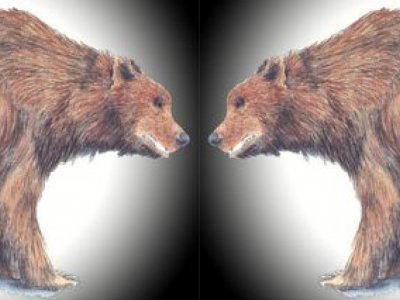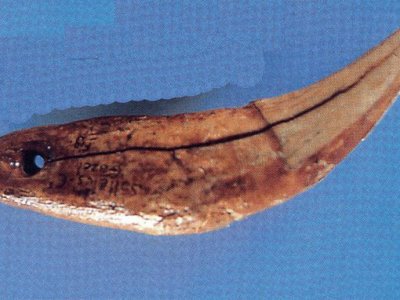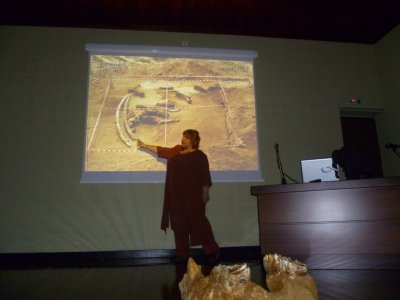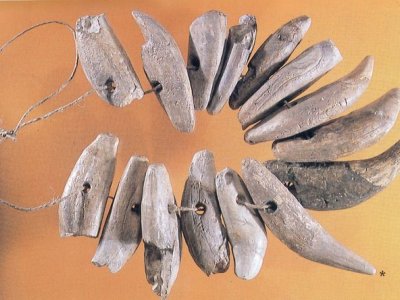Fossils

Fossils are the subject of the science of Paleontology, which studies organisms that lived in the geological periods of the past. The conclusions drawn by Paleontology concern either the evolution of the various organisms or chronological data. Paleontology in caves can concern two cases of fossils.
Fossil Cases
The first has to do with invertebrates in the limestone rock, which are particularly important because they can provide data on the age of the rock in which the cave was formed. But the best-known aspect of cave paleontology is the discovery of fossilized animal bones of prehistoric times.
Dating & Significance of Fossils
Dating with paleontological data is the so-called biochronology, it is indirect dating and is based on the evolution of species and its continuous character. Paleontology can date both at the species level, based on the morphological or metrological evolutionary characteristics of an animal, and at the level of a set of animals, based on the coexistence of characteristic animals, which are located in some geological horizons in the sediments. The second is possible due to the fact that during the course of life, some animals disappear, while new ones appear. These events delimit seasons and dating is done by correlations and comparisons.
The caves are natural archives of information of the past, useful to both archaeologists and paleontologists, as inside they are ideal fossil conditions. However, fossils are not found in all caves, on the contrary, their finding is rare and that is why they are of great importance.
The cave of Perama is important for the Greek area, since fossils have been found from the extinct bear cave (Ursus spelaeus). A. Petrocheilou states: "in this (the cave of Perama) I found for the first time in Greece in 1956 a bear cave tooth". The discovery of the fossils was reported in 1957 by I. Petrochilos, at the International Conference I.N.Q.U.A. in Madrid. Later, in 1979, fossils of the Perama cave were studied by Professors N. Symeonidis and G. Theodorou of the University of Athens.
The material of the study of the above includes bones of the transcranial skeleton, missing teeth or teeth in a part of the upper jaw, ie in position. The material is very typical for the identification of the bear cave based on morphological and metric characteristics. These fossils belong to the period of the Upper Pleistocene where this animal lived and spread.
The bear cave is one of the largest bears that lived, weighing up to half a ton, with a height of more than 2.5 meters in an upright position, a large skull with a reclining forehead and a generally strong skeleton. This bear is a very typical animal of the Upper Pleistocene period (10,000-100,000 years) for the area of Europe and Greece.
During this period the conditions were different with the appearance of recurring glacial periods. For these animals, the caves were often a place of living, hibernation, genesis of the young and so their remains are almost always found among the fossils found in them. In some cases, fossils are found only from a bear cave, as is the case in the cave of Perama.








